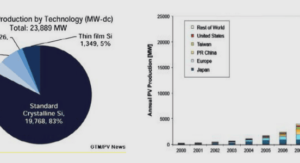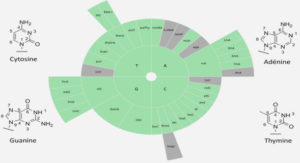The teacher performance evaluation is common practice at universities every semester. This process allows university management to obtain information from the students about their teachers. Universities analyse this information to gain knowledge through the analysis of the surveys and to take actions to reward teachers in order to improve their teaching abilities among other benefits.
Many instruments or tools have been proposed to evaluate teachers’ performance in classroom. The major difference among these tools is the dimensions analysed. The point in common is that all of them work only with students’ opinions. For example, the Course Experience Questionnaire or CEQ applied in Australian universities, evaluates the experience a student had during a course (Hirschberg, Lye et al. 2015). Students fill out the surveys evaluating different teacher’s attributes, such as teaching attitude, teaching content, teaching evaluation, and other teaching aspects(Jiabin, Juanli et al. 2010).
Another example is the case of “Improving Learning of Higher Education, IDEA,” a nonprofit organization that, since 1975, provides the instrument and all the processes to evaluate and improve teacher’s performance and all related services, including the application of the instrument and the analysis of the answers from the students’ point of view. IDEA specializes in using student questioning to provide opportunities to improve teaching and learning processes (IDEA 2015).
Likewise, The Student Evaluation of Educational Quality, SEEQ, is an instrument from the Center for the Advancement of Teaching and Learning at the University of Manitoba, Canada, where students evaluate teachers through teaching dimensions that include: learning, enthusiasm, organization, group interaction and their overall impression of the instructor (University of Manitoba 2015).
Finally, the Student Perception of Teaching Effectiveness, SPTE, is an instrument from the Wichita State University, U.S., that measures students’ perception of teaching. It is used for summative purposes to congratulate teachers who are doing well, and for formative purposes, to improve the teaching. (Wichita State University 2015). (Jackson, Teal et al. 1999) .
In the previously described teacher’s evaluation instruments, only students’ point of view has been analysed. Teacher’s opinions about the perceptions of students’ feedback on their work has rarely been incorporated (Arthur 2009). The author (Arthur 2009) claimed that a teacher needs to consider students judgments to improve his development specially if a teacher gets low feedback. However, a teacher should consider changing his development based on his own feelings and professional judgment about what he is teaching. Hence, we observed an existing gap where comparison between students’ evaluation and a teacher’s perception needs to be made as referred by experts in the field (Hirschberg, Lye et al. 2015).
Besides the evaluation instruments, other data sources have been analysing to evaluate teachers’ performance. These datasets refer to teacher’s personal information, characteristics of the course, besides others. In the next section we include the analysis of these data sources.
INTRODUCTION |





